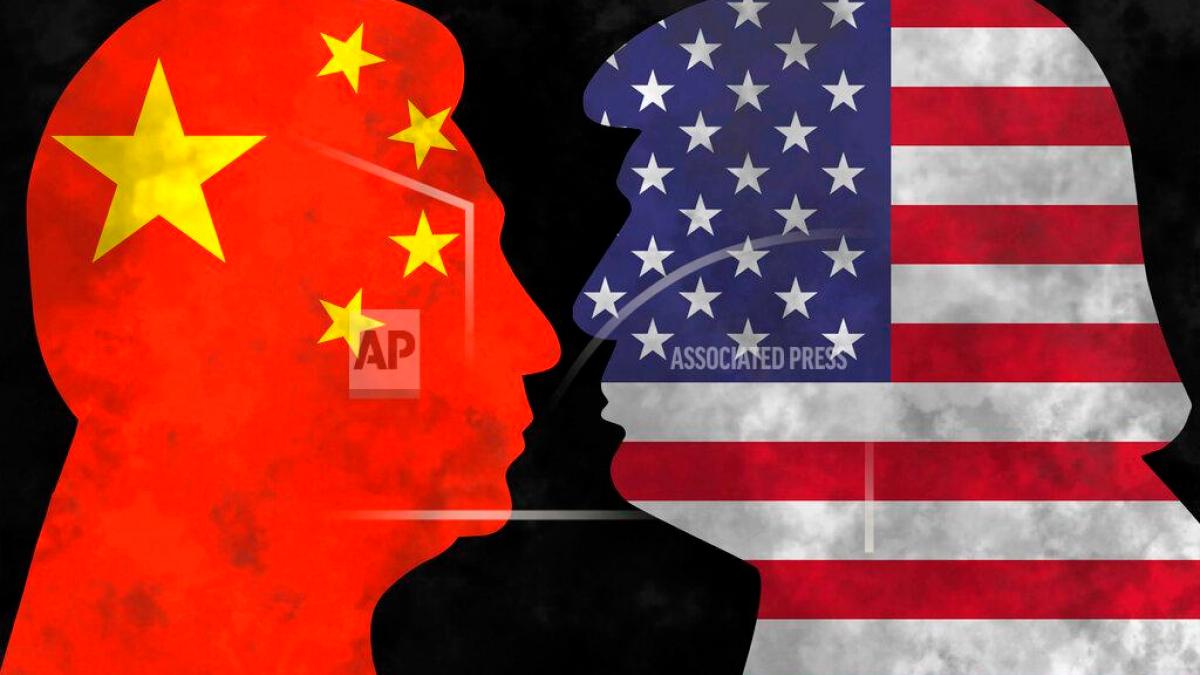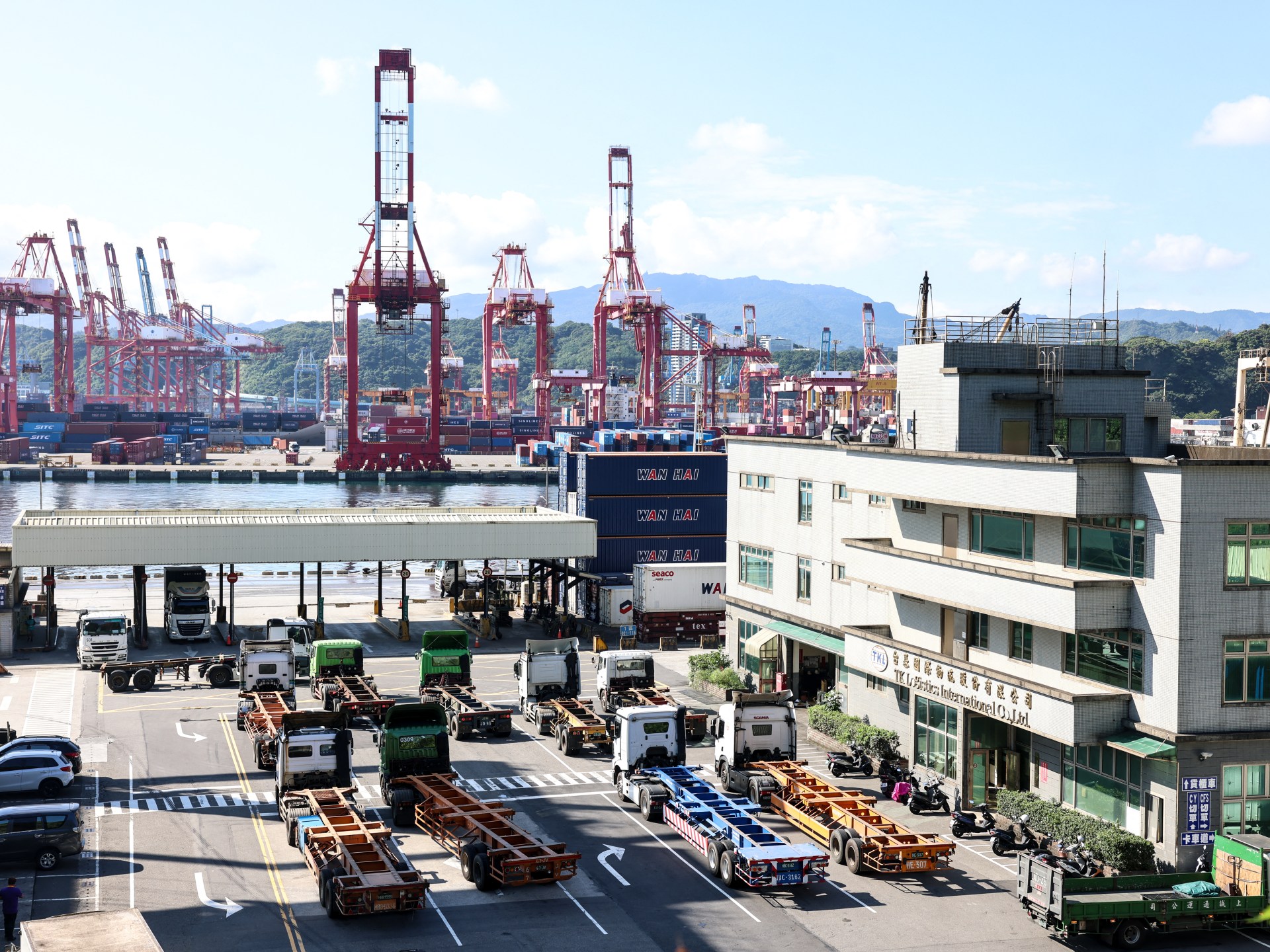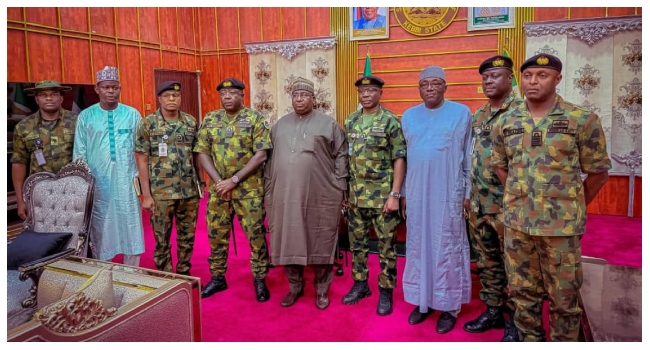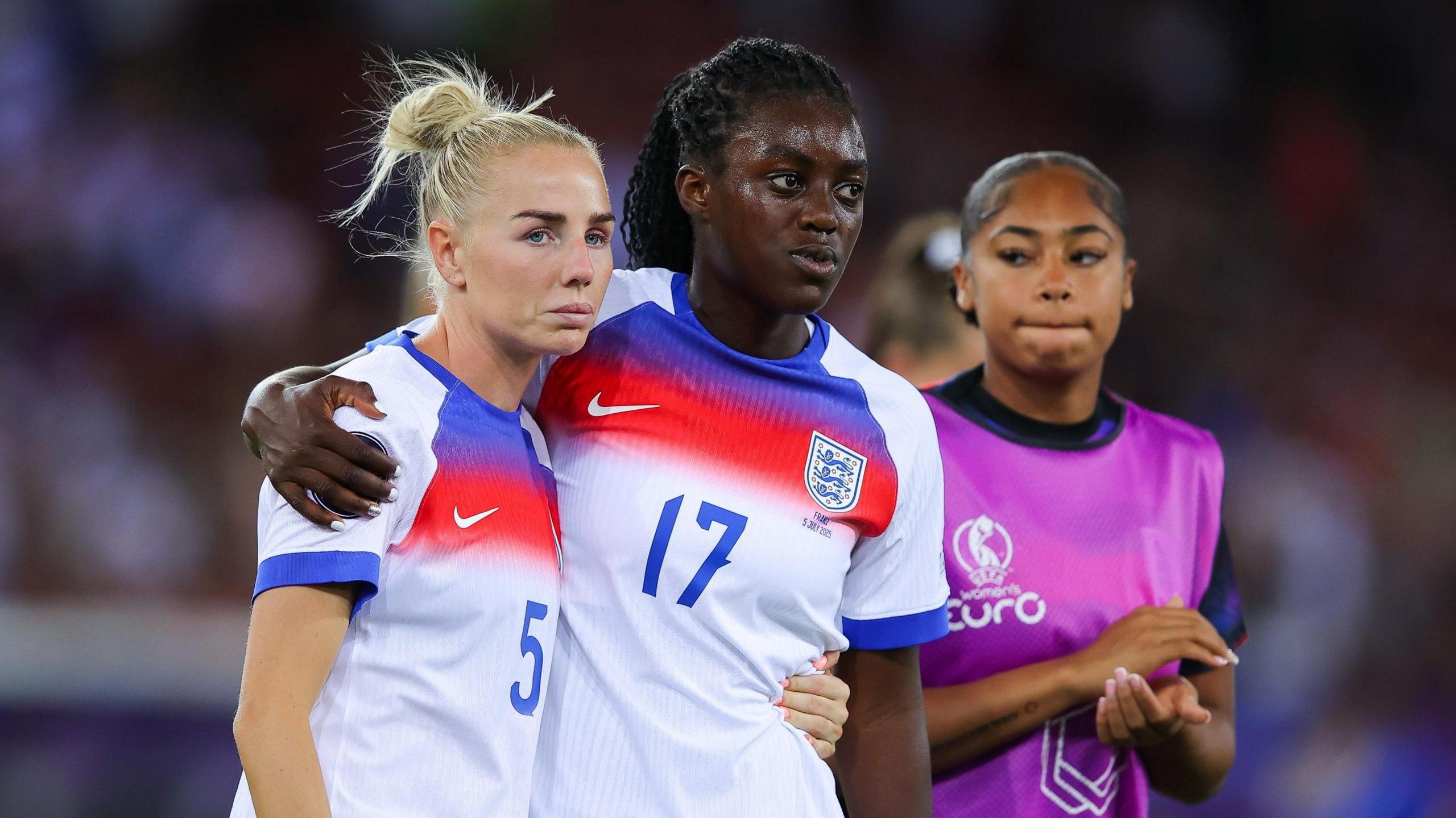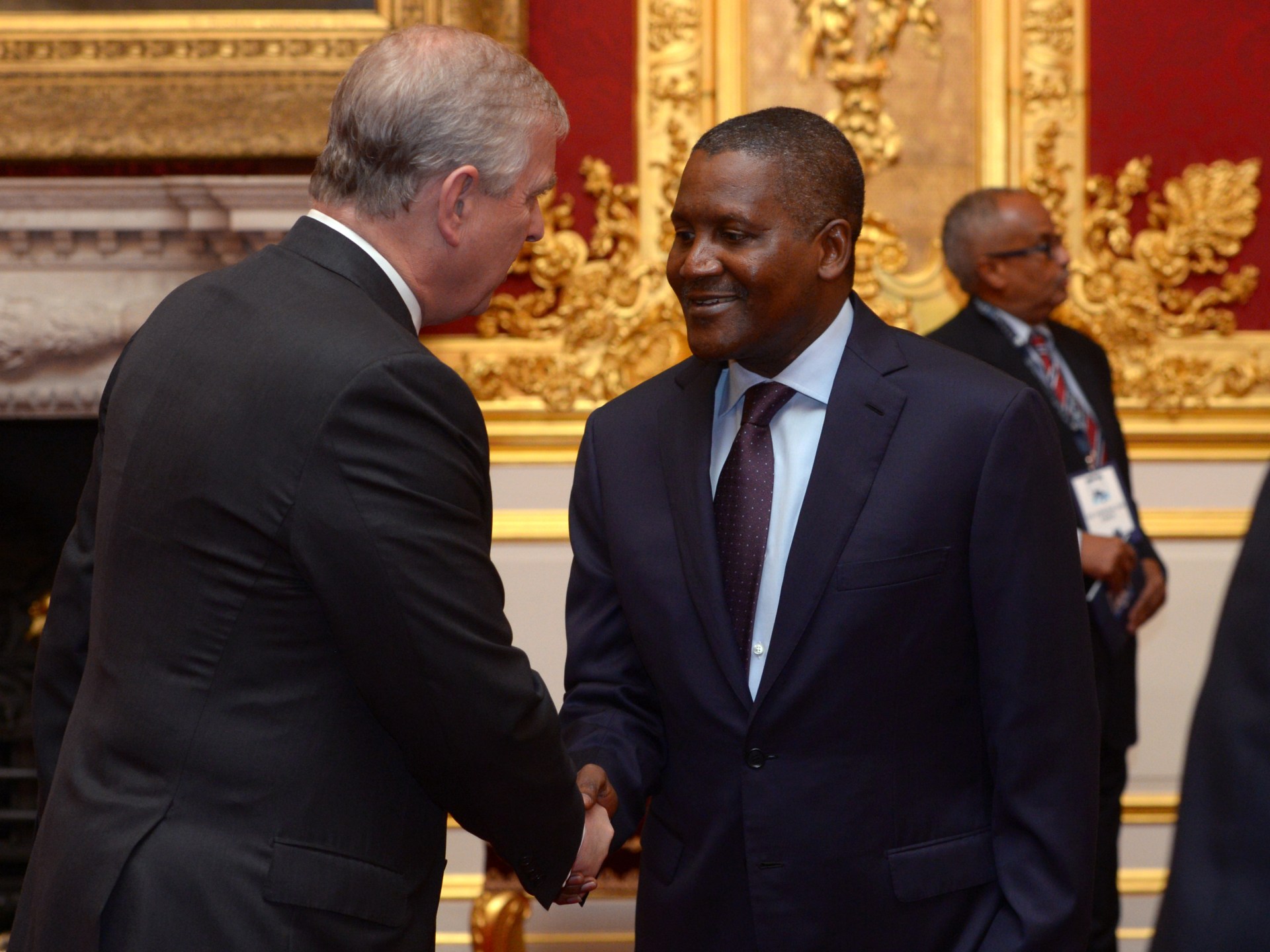Donald Trump, president of the United States, has introduced new reciprocal tariffs on imports from dozens of nations, starting at 10 percent and increasing to 41 percent, helping to advance his efforts to reform global trade.
Some 69 trading partners and their respective “adjusted” tariff rates were included in a statement released by the White House on Thursday, entitled “Further Modifying the Reciprocal Tariff Rates.”
Since the tariffs were announced on April 2 (and then halted until August 1), the day Donald Trump referred to as “Liberation Day,” have there been any changes to import taxes. Most nations’ rates have decreased, but not all. The new tariffs will start enacting in large part on August 7.
Imports from about 40 different nations will be subject to a new 15% duty rate on goods they export to the United States, while higher duties will be applied to those exported from other countries. Both Australia and the United Kingdom will receive 10%.
China, the US’s third-largest trading partner, makes a notable exception to Trump’s most recent tariff list. What’s the current state of play between the two nations then?
What is the state of US-China trade talks?
During the most recent round of discussions held in Stockholm, Sweden, top US and Chinese officials argued against extending a 90-day pause on tariffs on Tuesday.
Trump will ultimately decide whether the pause is renewed, according to US Treasury Secretary Scott Bessent, who is scheduled to end on August 12.
The talks, which took place in Rosenbad, the country’s top government location, were meant to end a fresh trade war between the world’s two largest economies.
Just two days after Trump announced a new trade deal with the European Union, Bessent and Vice Premier He Lifeng for Beijing attended the most recent meeting.
The US and China had already slapped each other with tariffs exceeding 100% in an escalating trade war at the time of the third meeting since April.
A costly logjam that had impacted trade was eased by the two on May 12 when they agreed to a 90-day tariff pause in Geneva. US tariffs have been cut from 145 percent to 30 percent, and Chinese duties have decreased from 125 percent to 10 percent during the pause.
However, if US and Chinese tariffs resume to triple-digit levels, which would result in a bilateral trade embargo, global supply chains could experience additional turmoil.
What took place at the Stockholm meeting?
Both sides were “fully aware of the importance of safeguarding a stable and sound China-US trade and economic relationship,” according to Li Chenggang, China’s deputy commerce minister.
He claimed that “candid and constructive exchanges” had taken place between the two parties.
Bessent, a senior US official, claimed at a briefing on Tuesday that the US’s relationship with Japan and the EU had gained momentum. He remained optimistic about China.
The meetings were very productive, just to tamp down that rhetoric. He claimed that simply the sign off has not been done.
Nothing can be agreed upon until we speak with President Trump, Bessent remarked.
On Wednesday, he added, Trump was scheduled to receive a briefing from the Treasury Secretary and US Trade Representative Jamieson Greer regarding the Stockholm discussions.
Bessent added that if Beijing continued to purchase Russian oil, China could face high tariffs as a result of US secondary tariff legislation on sanctioned Russian oil.  ,
In addition to a 25% tariff on Indian exports, the US recently announced an unspecified penalty for India’s purchase of Russian oil.
What are the main concerns raised by the trade talks?
This week’s discussions are supposed to have focused on technology exports, specifically chips used in artificial intelligence. US security officials have expressed concern that China’s military might use high-tech American semiconductor chips in particular.
Trump was planning to halt Nvidia’s H20 chip’s exportation in April, in line with Biden’s export restrictions. However, Trump changed his mind following Jensen Huang’s direct appeals.
In preparation for the talks this week, according to the UK’s Financial Times newspaper, Washington had imposed export restrictions on rare earth minerals and frozen restrictions on technology sales to China in order to ease negotiations and prevent Beijing from retaliating.
17 elements, including military hardware, automotive parts, and clean energy technology, make up the group of 17 elements. They are also a significant topic in trade negotiations.
China has long been the world leader in the production of related components, such as rare earth magnets, as well as in the mining and processing of rare earth minerals.
Since Donald Trump’s return to the White House, US trade representatives have been particularly concerned about China’s influence on the sector.
Before the recent truce, how was US-China trade?
Trump has long criticized Beijing for what he believes to be unfair trade practices, including import quotas, government subsidies, and tax breaks. He even asserts that the US’s trade deficit with China, which reached $20 trillion between 1974 and 2024, constitutes a national emergency.
Trump made an exception for China when he paused    tariffs on dozens of nations on April 9. Beijing then retaliated with own import taxes.
Tit-for-tat exchanges quickly grew into jaw-dropping sums. By April 11, US duties on US products entering China had increased to 125 percent, while US tariffs on Chinese goods had increased to 145 percent.
In May, Bessent and He Lifeng reached a truce that reduced their respective tariffs by 115 percentage points for three months, easing tensions.
While China’s tariffs on US goods have fallen to 10%, the US has currently set US duties at 30%.
What will follow?
Donald Trump and Chinese President Xi Jinping could have a meeting in the coming weeks, despite Trump’s claim on Tuesday that he would go out of his way to ask for one.
A face-to-face meeting has “the potential to be significant,” says Thomas Sampson, an economics professor at the London School of Economics. However, he claimed that there might be nothing worthwhile to be discussed at the “grip-and-grin style summit” he said.
Due to China’s dominance of rare earth minerals, Sampson continued, adding that the US-China negotiations are more complex than those with other Asian nations.
Sampson said he thinks the “mood around the]Sweden] talks seem to be more positive than it did earlier this year. It appears that the two parties have come out of the woods. His expectation is for a “more restrained trade war” to be resumed.
White House spokesman Karoline Leavitt stated on Friday that Washington and Beijing are still in “direct communication” and that trade negotiations are “moving in the right direction.”
What other recent trade agreements has Trump reached?
The most recent US-China discussions follow Trump’s tariff blitz on Thursday and follow previous agreements with both the EU and Japan.
A month-long standoff between two economic giants was finally resolved last Sunday by Trump and European Commission President Ursula von der Leyen.
After the deal enters force, the EU will start imposing a 15% tariff on the majority of its exports, while the bloc’s average tariff rate on US goods will decrease to 1%.
In addition to existing commercial agreements, Brussels added that it would purchase $750 billion worth of American energy products and invest $600 billion more in the US.
The deal struck on Sunday was characterized as a “dark day” for the EU, according to France’s Prime Minister Francois Bayrou, who claimed the EU had capitulated to Trump’s trade threats.
